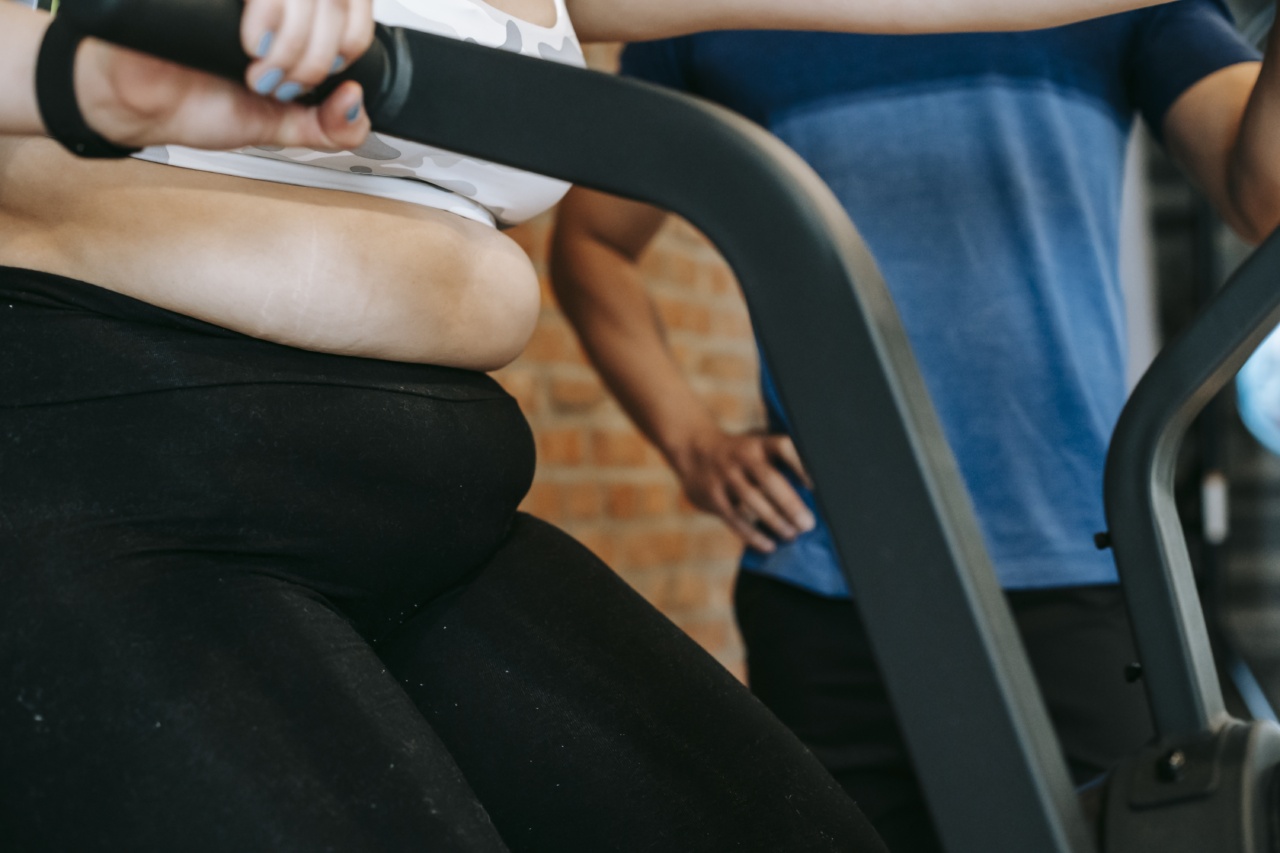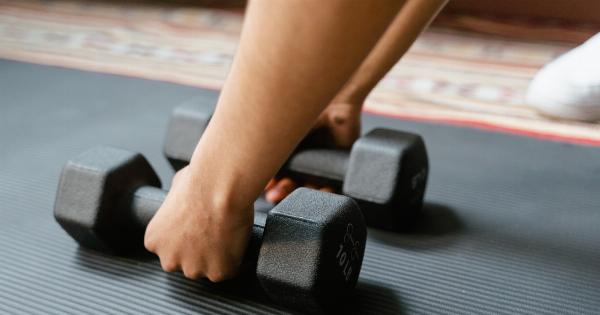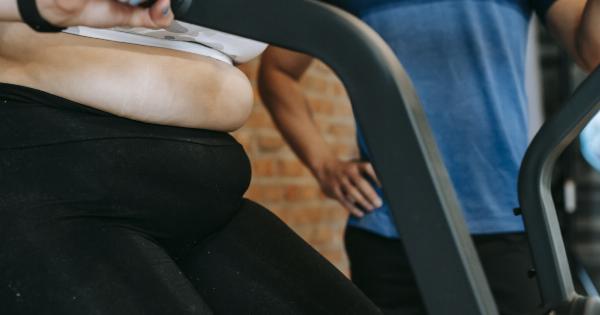We all know the struggle of dealing with cravings, especially when trying to stick to a healthy eating plan. Whether it’s a desire for sweets, salty snacks, or greasy foods, cravings can often derail our progress and lead to unhealthy choices.
However, there is a powerful tool that can help you combat those cravings and stay on track – exercise! Incorporating regular workouts into your routine not only has numerous physical and mental health benefits but can also help you beat those pesky cravings. In this article, we will explore how exercise can be an effective strategy to overcome cravings and provide you with specific workouts to try.
The Science Behind Cravings
Before we dive into the role of exercise in curbing cravings, it’s important to understand why these cravings occur in the first place. Cravings are often triggered by a combination of physiological, psychological, and environmental factors.
Here are a few common reasons behind cravings:.
1. Nutritional Deficiencies
In some cases, cravings may be a result of nutrient deficiencies in the body. For example, a craving for chocolate could indicate a need for magnesium, while a desire for salty snacks may be a sign of an electrolyte imbalance.
By ensuring that your diet is well-balanced and meets your nutritional needs, you can reduce the frequency and intensity of cravings.
2. Stress and Emotional Triggers
Stress and emotions play a significant role in cravings. Many people turn to comfort foods when feeling stressed, anxious, or sad, as these foods are often associated with positive feelings and memories.
Unfortunately, these foods are usually high in sugar, fat, and calories, which can lead to weight gain and other health issues. Finding alternative strategies, such as exercise, to cope with stress and emotions can help break the cycle of emotional eating.
3. Habitual Patters
Cravings can also be a result of habitual patterns developed over time. If certain foods have become a regular part of your daily routine or are associated with certain activities or events, your brain may trigger cravings as a response to those cues.
Breaking these habits and replacing them with healthier alternatives, like exercise, can help weaken the craving response.
Exercise as a Craving Suppressant
Now that we understand why cravings occur, let’s explore how exercise can help beat those cravings:.
1. Mood Enhancement
Exercise is known to release endorphins, also known as the “feel-good” hormones, which can improve mood and reduce stress and anxiety.
When you’re in a positive state of mind, you’re less likely to succumb to cravings triggered by negative emotions.
2. Appetite Regulation
Regular exercise has been shown to regulate appetite by balancing key hormones involved in hunger and satiety. This means that you’re less likely to experience intense hunger pangs or insatiable cravings after engaging in physical activity.
3. Distraction
Engaging in exercise can provide a healthy distraction from cravings. When you’re focused on your workout, your mind is less likely to dwell on tempting food choices.
Additionally, exercise can help shift your attention to positive health-related goals, making it easier to resist unhealthy cravings.
4. Improved Self-Control
Consistently engaging in exercise can help improve self-control and willpower. Just like muscles, your willpower can be strengthened with regular practice.
By exercising self-discipline during workouts, you can develop stronger control over your food choices and better resist cravings.
Workouts to Beat Cravings
Now that you understand how exercise can help combat cravings, here are a few specific workouts to incorporate into your routine:.
1. Cardiovascular Exercises
Cardiovascular exercises, such as running, cycling, or swimming, are great for boosting endorphin levels and reducing stress.
Aim for at least 30 minutes of moderate to vigorous cardio workouts most days of the week to experience the mood-enhancing benefits.
2. High-Intensity Interval Training (HIIT)
HIIT workouts involve short bursts of intense exercise followed by periods of active rest. These workouts have been shown to effectively regulate appetite and improve self-control. Try adding a HIIT session to your routine 2-3 times per week.
3. Strength Training
Strength training not only helps build muscle and boost metabolism but also enhances self-control. Incorporate exercises that target major muscle groups, such as squats, lunges, push-ups, and planks, into your workouts at least 2-3 times per week.
4. Yoga or Pilates
Yoga and Pilates are excellent for reducing stress, improving self-control, and increasing body awareness. These mindful practices promote a healthier relationship with food and can help you tune in to your body’s true needs and cravings.
Aim for at least one yoga or Pilates session per week.
5. Outdoor Activities
Take advantage of outdoor activities, such as hiking, biking, or playing a sport, to combine physical exercise with the benefits of being in nature. Outdoor workouts can provide a refreshing change of scenery and help distract you from cravings.
Conclusion
Cravings can be challenging to overcome, but by incorporating regular workouts into your routine, you can significantly reduce their impact.
Exercise not only offers physical and mental health benefits but also helps regulate appetite, enhances mood, and improves self-control. Choose a variety of workouts that you enjoy and aim to make exercise a regular part of your lifestyle. With consistency and determination, you can beat cravings and stay on track towards your health and fitness goals.




























